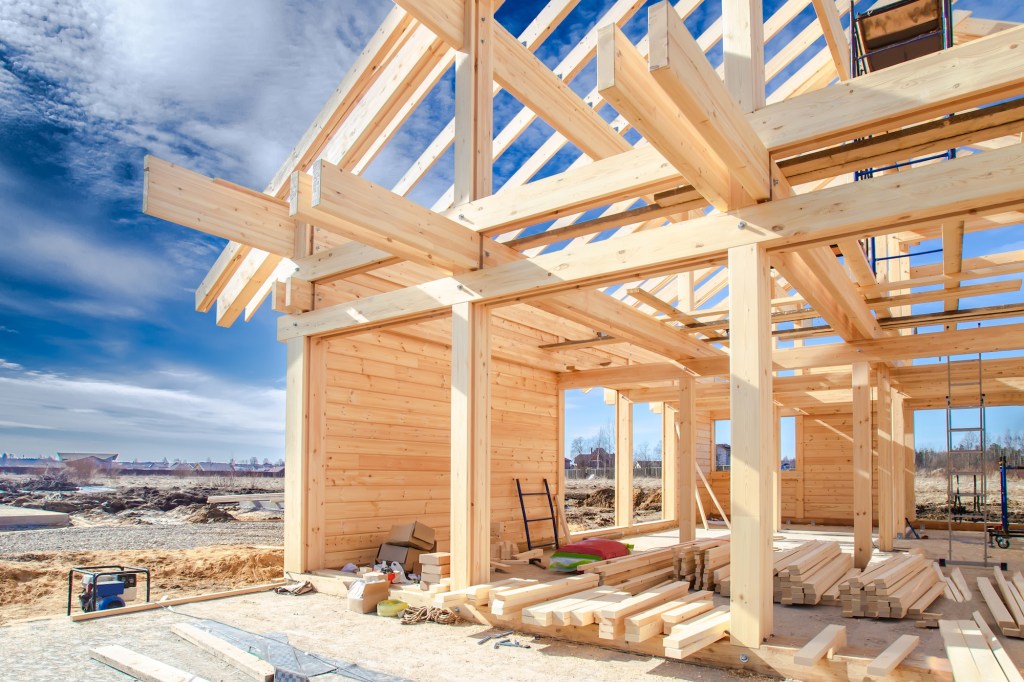Privately owned housing starts in February were at a seasonally adjusted annual rate of 1,421,000, which is 10.3% below the revised January rate of 1,584,000 and 9.3% below the February 2020 rate of 1,567,000, announced the Census Bureau and the Department of Housing and Urban Development jointly Wednesday.
According to the data, single-family housing starts last month were at a rate of 1,040,000, 8.5% less than January’s revised figure of 1,136,000. For units in buildings with five or more units, February’s rate was 372,000 starts.
Housing units authorized by building permits in February were at a seasonally adjusted annual rate of 1,682,000, which is 10.8% below January’s revised rate of 1,886,000 but 17% higher than February 2020’s rate of 1,438,000. Single-family authorizations last month were at a rate of 1,143,000, 10% below the revised January figure of 1,270,000, and authorizations of units in buildings with five or more units were at a rate of 495,000.
“Today’s new residential construction report from the Census Bureau showed an expected fall in the pace of housing starts for the month of February, likely in part due to extreme weather. Total starts fell 10.3% over the month, following January’s decline of 5.1%,” said Doug Duncan, chief economist at Fannie Mae. “Starts were at the slowest pace since last August. Single-family starts fell 8.5% in February, the second monthly consecutive decline, and multifamily starts pulled back 15%, following a 28.7% surge a month earlier. Despite the month’s weakness, at an annualized pace of 1.42 million, total starts remained considerably above the pre-COVID 2019 average of 1.30 million.”
Duncan added that construction activity was likely disrupted by abnormally cold weather in February and the related widespread power outages in Texas.
“Single-family starts in the Midwest and South, the regions that experienced the brunt of the extreme cold, fell 19% combined. In contrast, single-family starts in the Northeast were roughly flat, while in the West they rose 22.9%,” he said. “The regional data tends to be especially noisy, but it is consistent with the recent pattern of state-level mortgage applications and home listings data, which show an abnormal concurrent slowdown in the South and Midwest regions. This, combined with the rate of permits significantly outpacing the level of starts the past two months, leads us to expect a near-term bounce-back in single-family starts over the upcoming months.”
February’s housing completions were at a seasonally adjusted annual rate of 1,362,000, 2.9% higher than January’s revised estimate of 1,324,000 and 5% above February 2020’s rate of 1,297,000. Single-family completions last month were at a rate of 1,042,000, 2.8% above the revised January rate of 1,014,000. February’s rate for completions for units in buildings with five or more units was 314,000.
“While the desire to build more homes is there, it’s constrained by high costs for materials such as lumber, a dearth of affordable lots, and costly regulations,” said First American deputy chief economist Odeta Kushi. “The March home builder confidence index fell to its lowest level since August due to some of these concerns. However, of the three main indicators that make up the overall index, one increased. Single-family sales expectations in the next six months increased by three points, indicating some optimism in the months ahead. Nothing sells like a shortage.”



